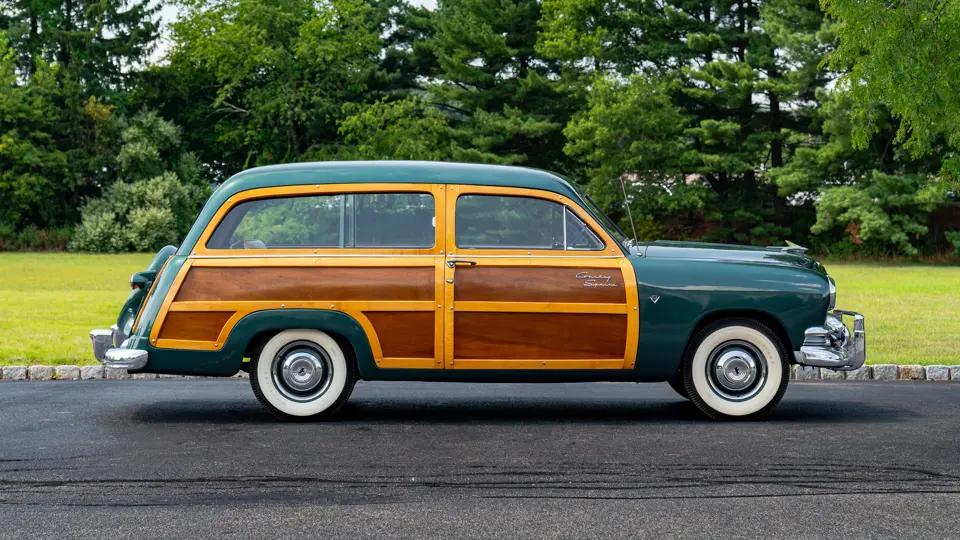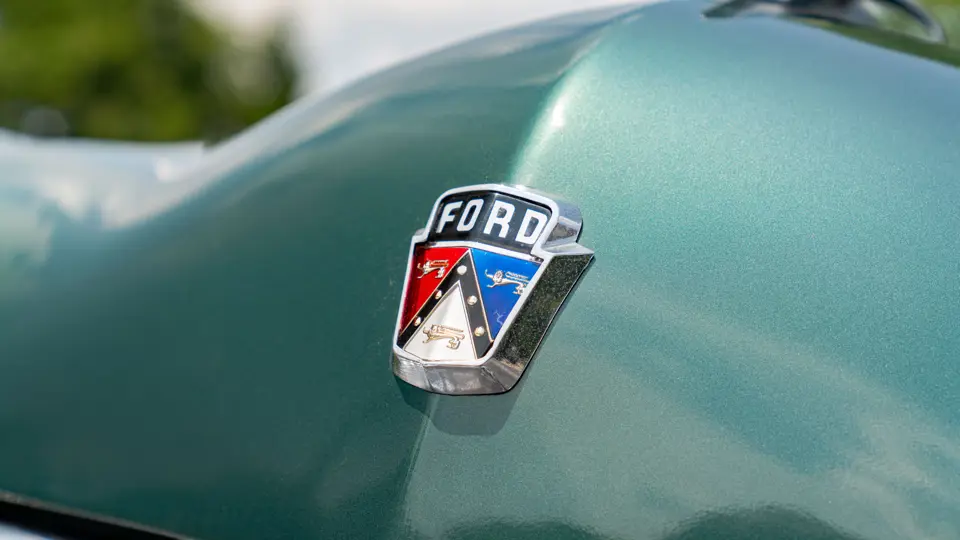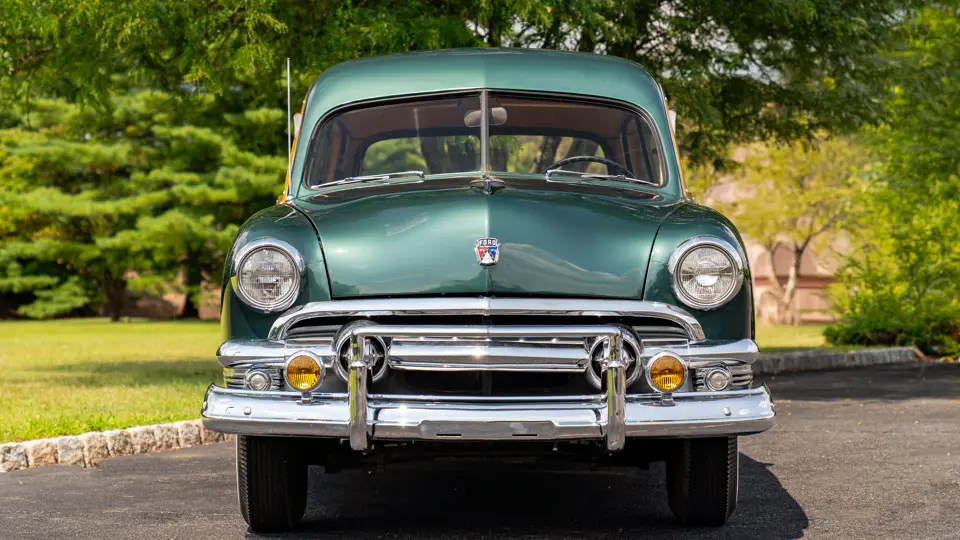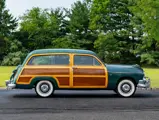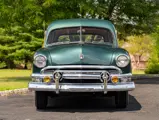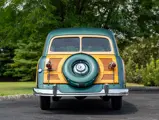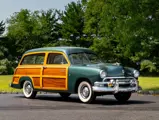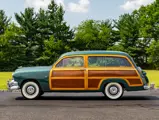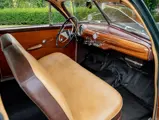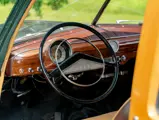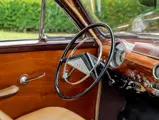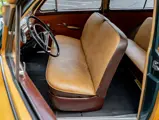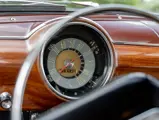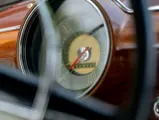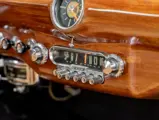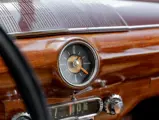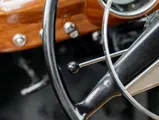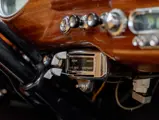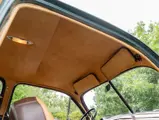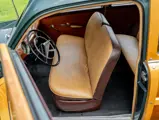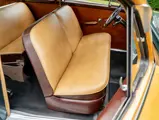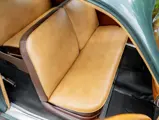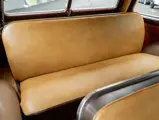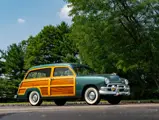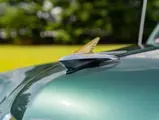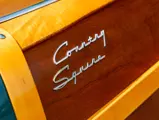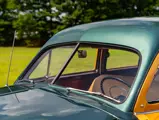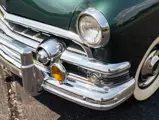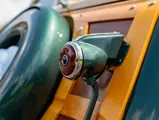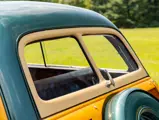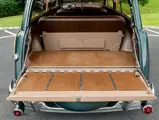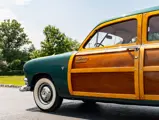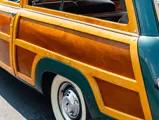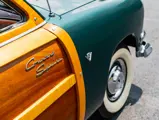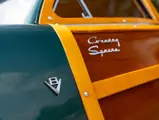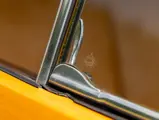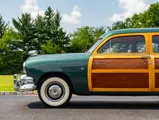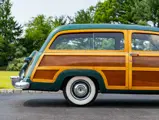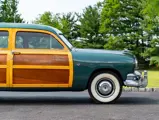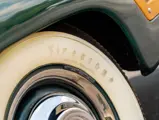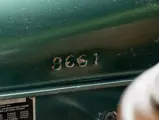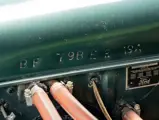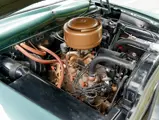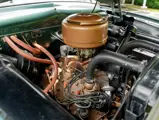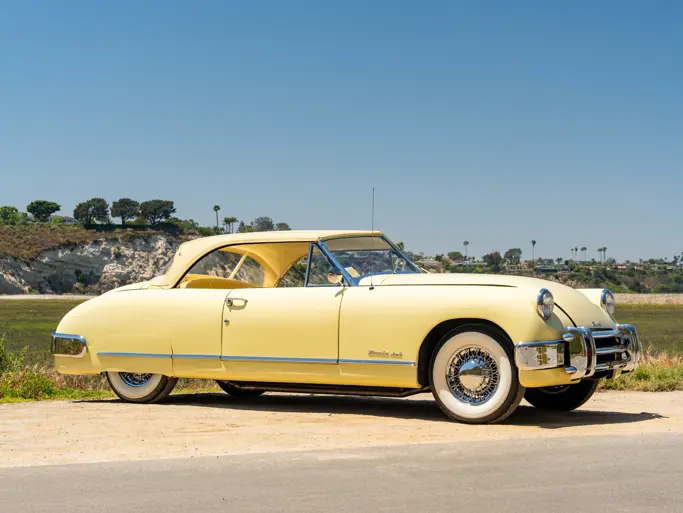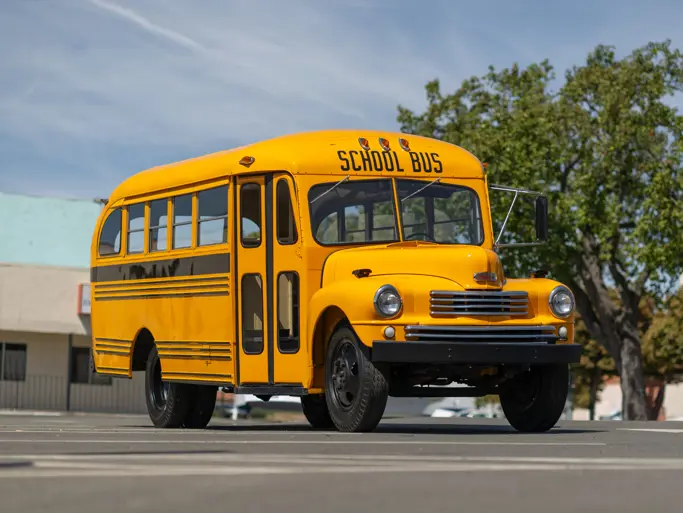
1951 Ford V-8 Custom DeLuxe Country Squire Station Wagon
{{lr.item.text}}
$35,200 USD | Sold
The Sportsman Collection
{{bidding.lot.reserveStatusFormatted}}
- Final year for Ford’s “woodie” station wagon and first wagon to use the Country Squire designation
- First Ford automobile to break the $2,000 mark when new
- Featured in Michael Parris’ Fords of the Fifties
- Well-equipped with AM radio, clock, vanity mirror, Ford fog lights, and front bumper guard
Ford continued the use of its 1949 body styles for a third year but redesigned the front end, giving 1951 models a more attractive appearance overall. Taillights were also updated, and inside, a totally new dash greeted the driver and put all controls within easy reach. For the first time, wagons used the now famous Country Squire moniker, which would live on for years to come. This was also Ford’s final “woodie” wagon. Even though it used a metal frame, the wood panels and door posts were still natural wood as compared to a wood veneer, which was being used by most other car manufacturers by this time.
Since Ford closed its Iron Mountain facility during the 1950 model year, it no longer produced its own bodies. Iona Body Company was contracted to build the bodies to specifications identical to the 1949–1950 cars. Iona built a total of 29,017 before Ford switched to the all-steel wagon the following model year. Priced at $2,110 before options, this was the most expensive Ford and the first (and only) to break the $2,000 mark.
As before, a two-piece tailgate carried over from the previous model. The top portion was made of steel and fitted with two window panes, while the lower portion contained the external spare tire and swing-out taillights. Oddly, the wagon was considered part of the Custom series, but contained no chrome trim on the front fenders, except for the small V-8 emblems when the $87 optional engine was ordered.
This largely original and unrestored example is featured on the back cover and in photos inside the Michael Parris book Fords of the Fifties. Equipped with the optional 100-horsepower 239-cubic-inch Ford V-8 mated to a three-speed manual transmission, it features an AM radio, clock, vanity mirror, Ford fog lights, and front bumper guard. As with all wagons, the rear-mounted spare is hidden by a metal cover. Attractively finished in Greenbrier Green over a tan and brown interior, wide whitewall tires accented by trim rings enhance the period appearance of this car. Service invoices for work completed in the nineties are included in the sale.




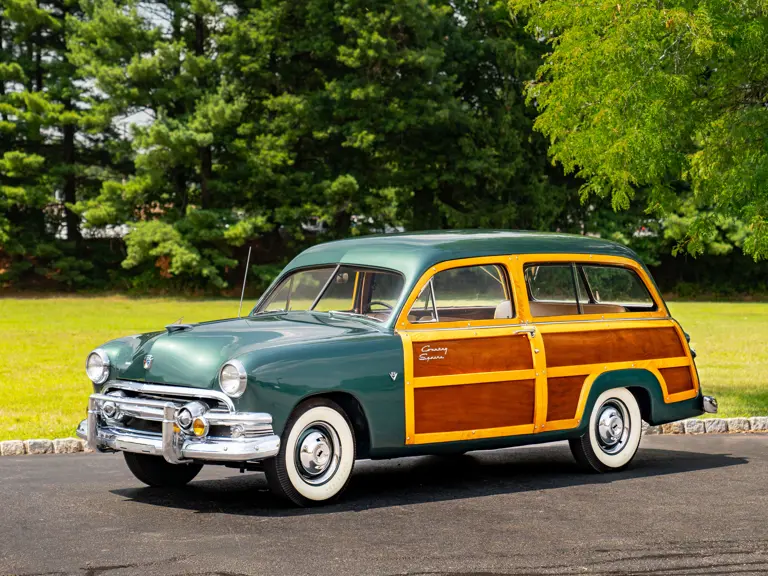
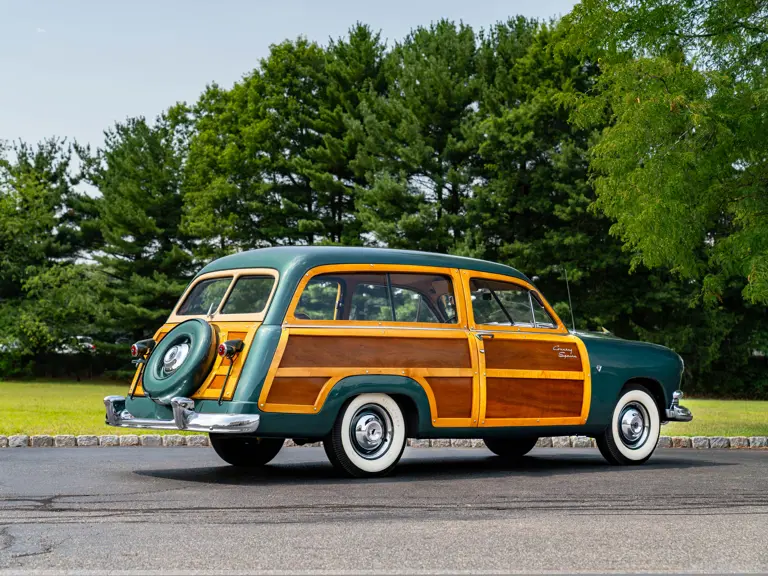
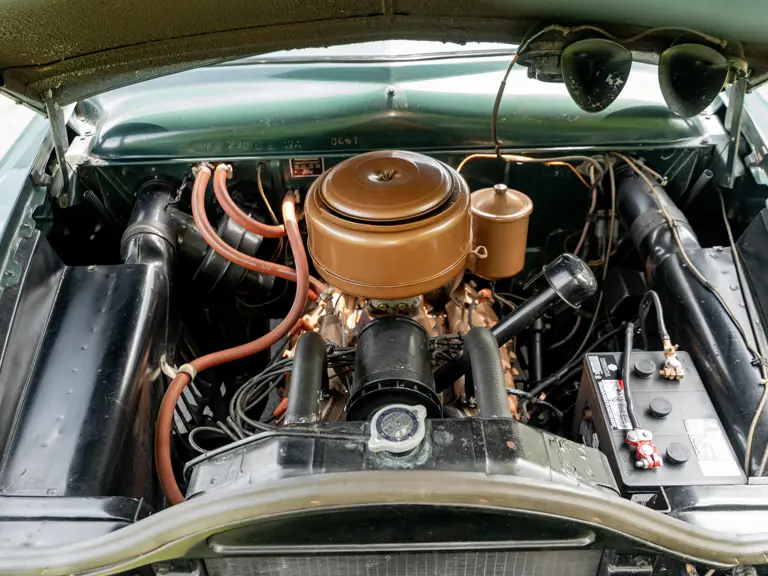
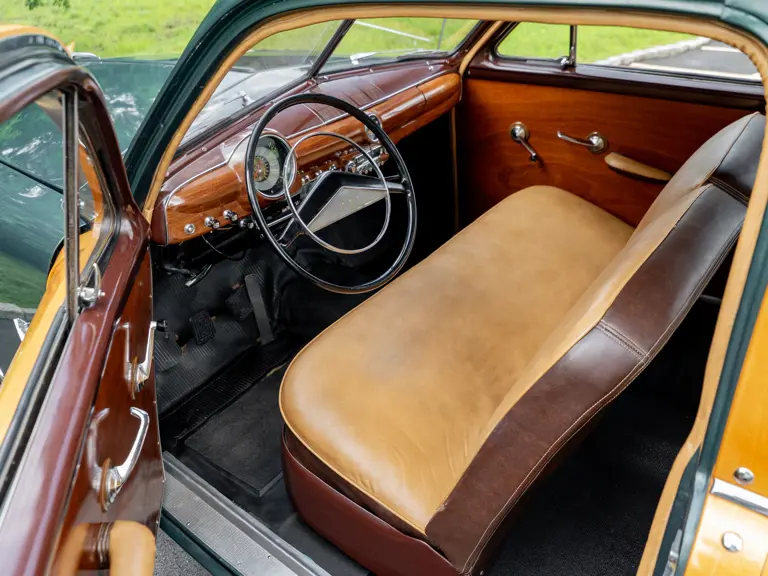
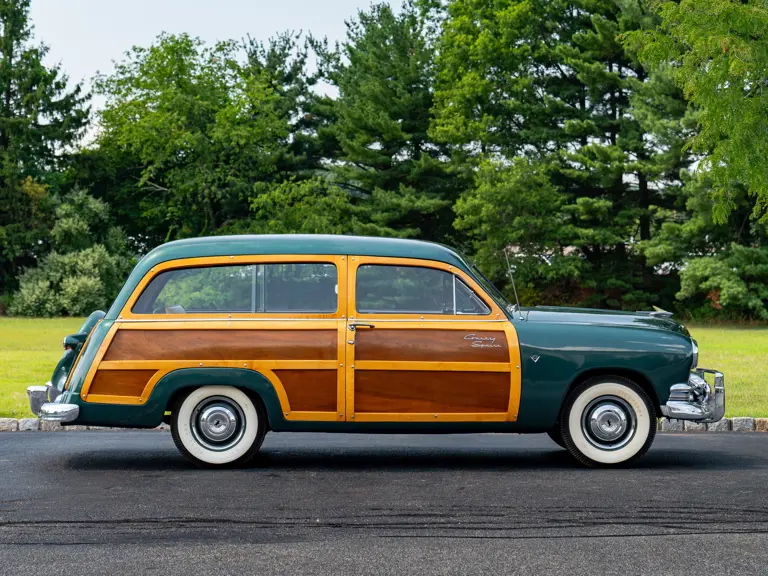
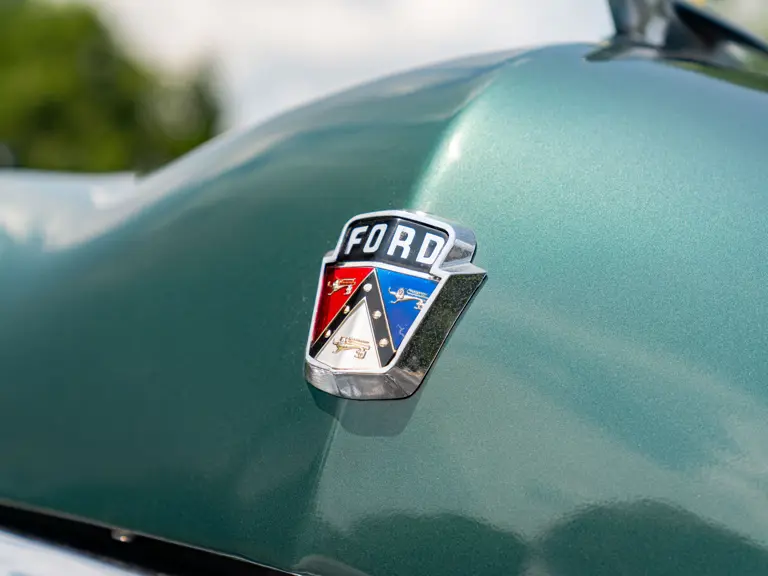
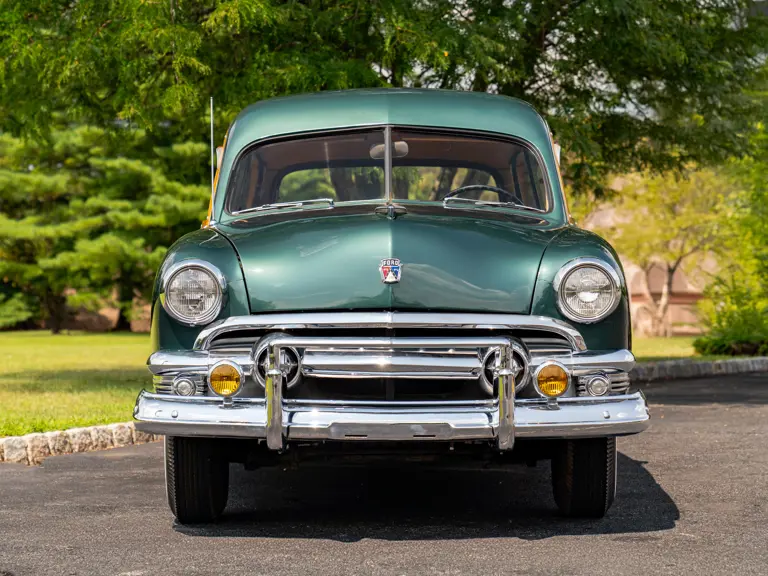
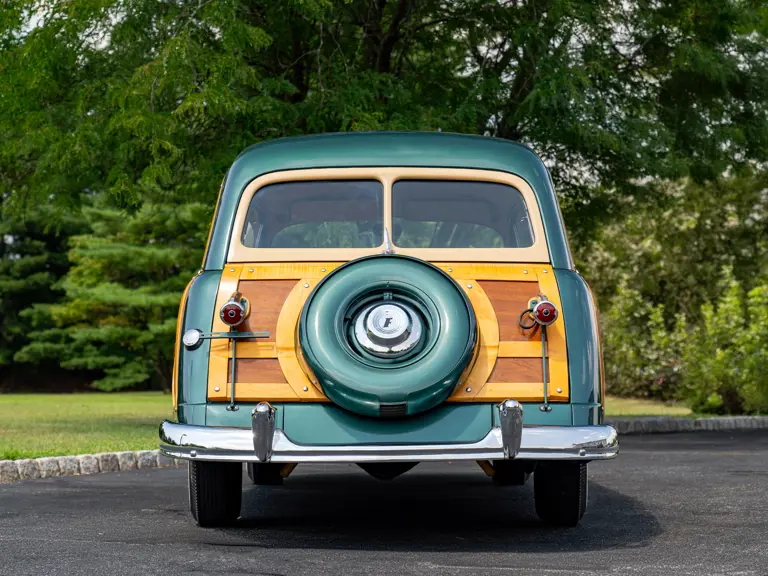


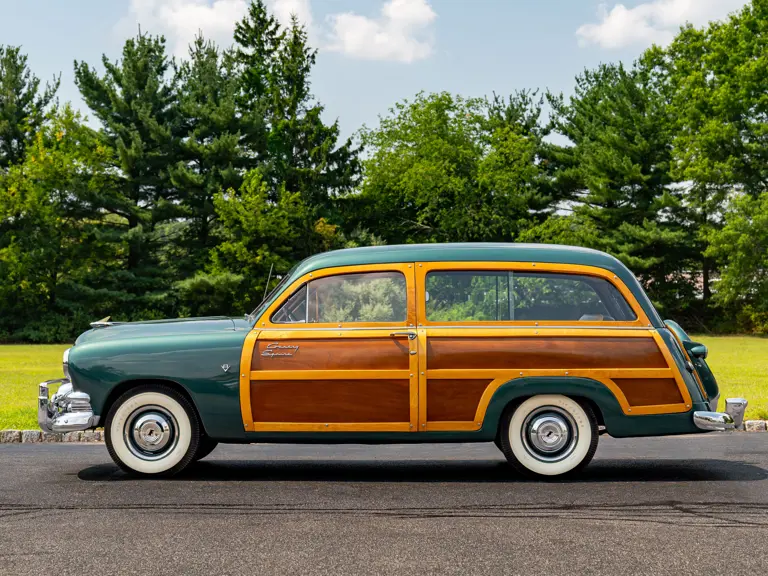

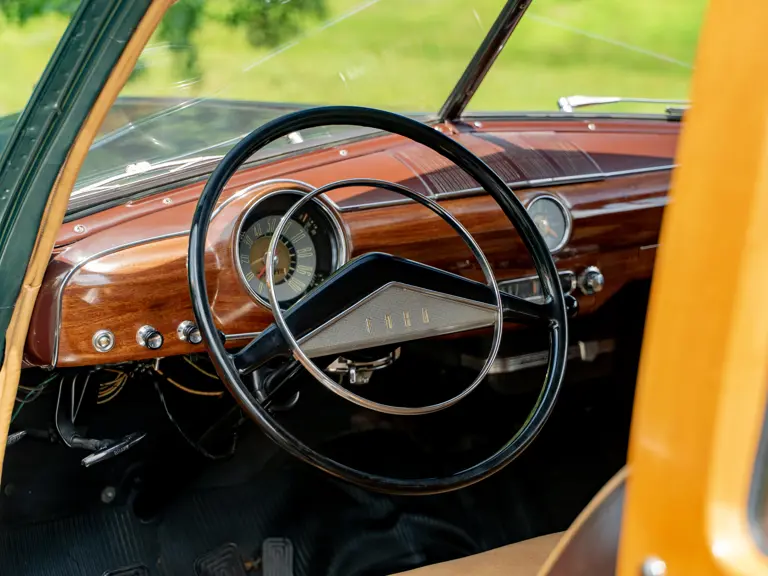


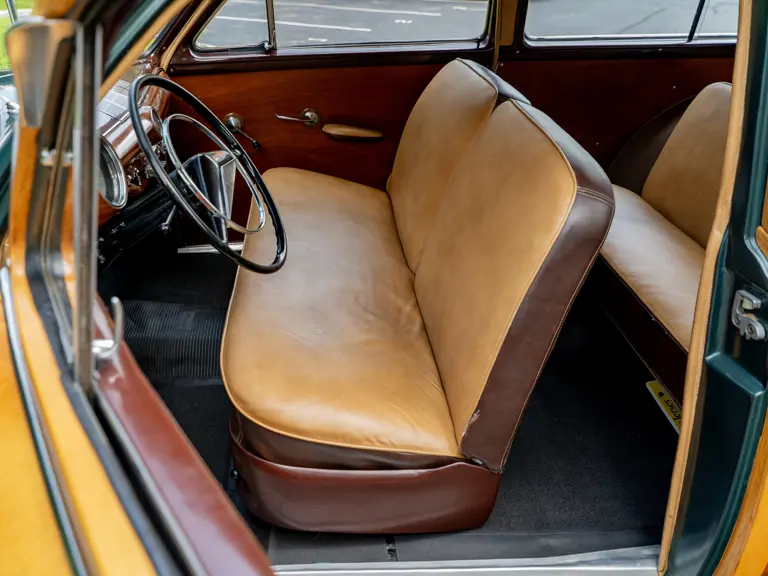

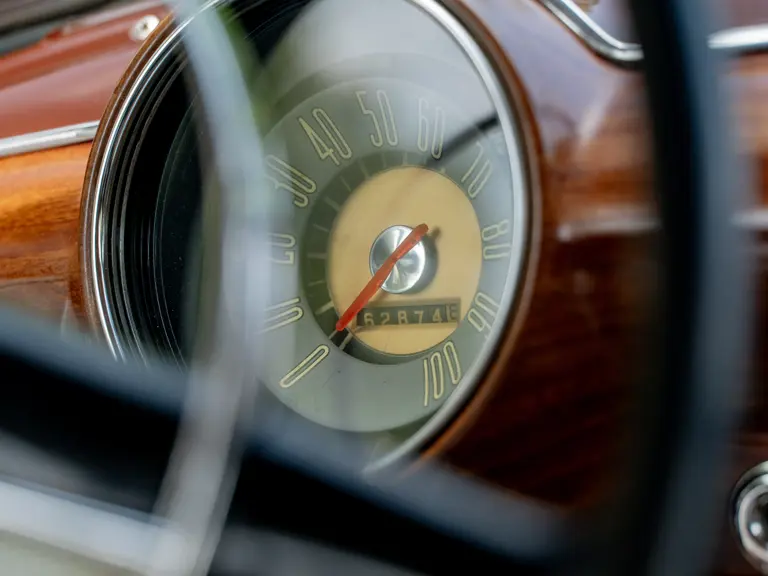
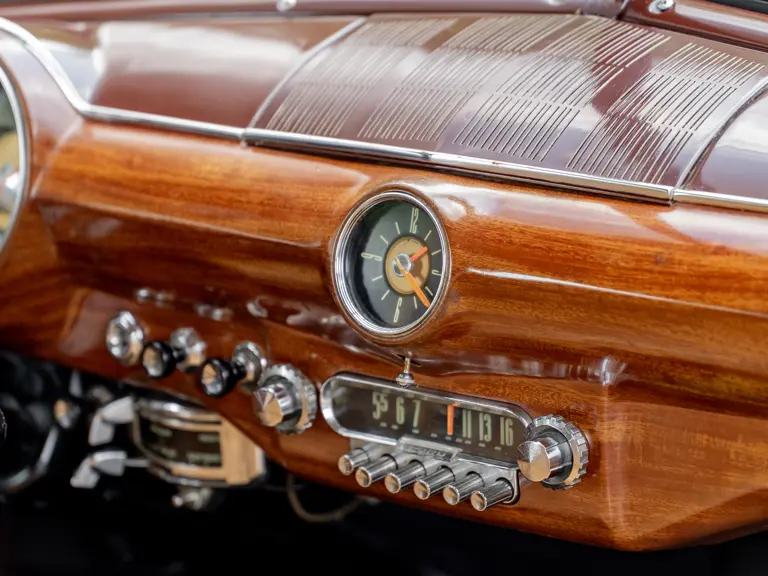


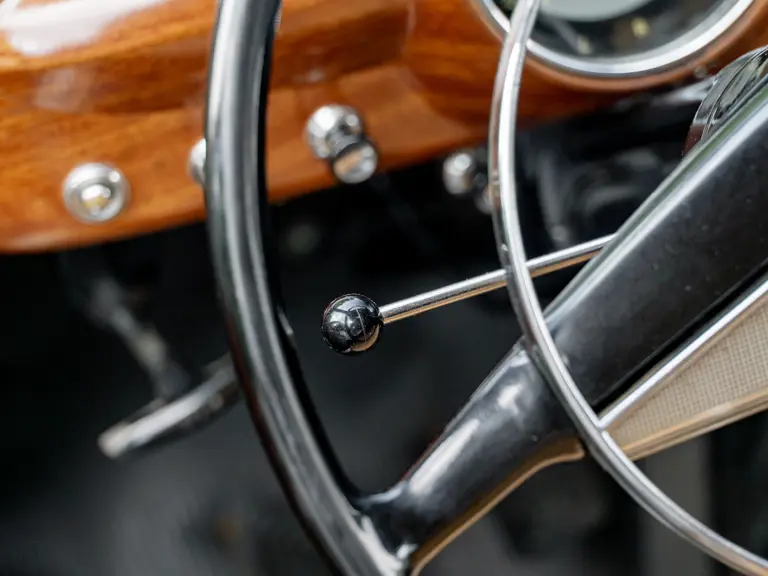
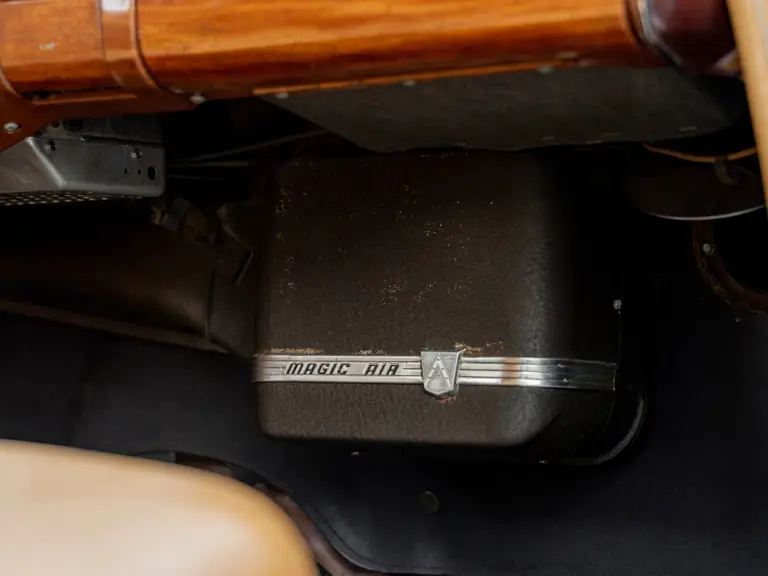

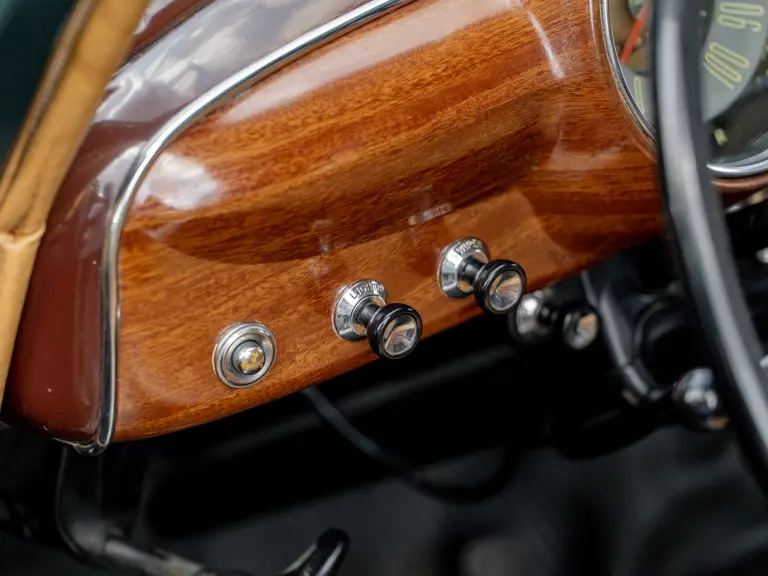
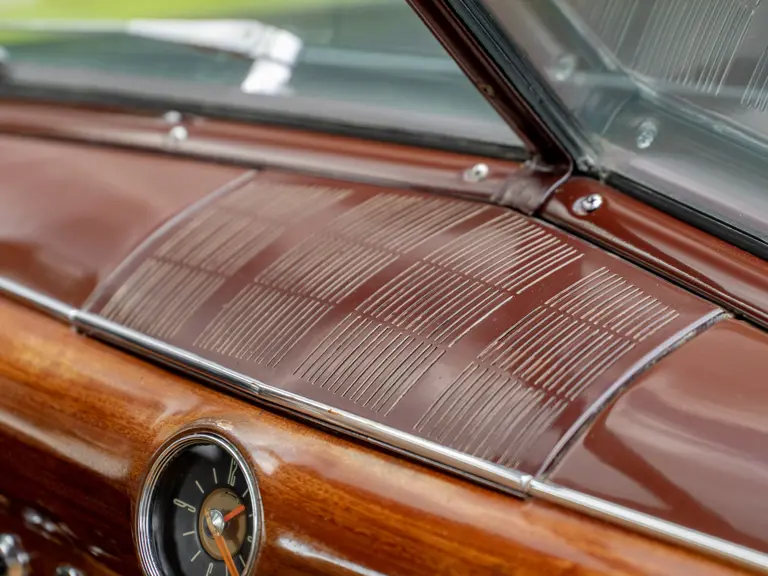

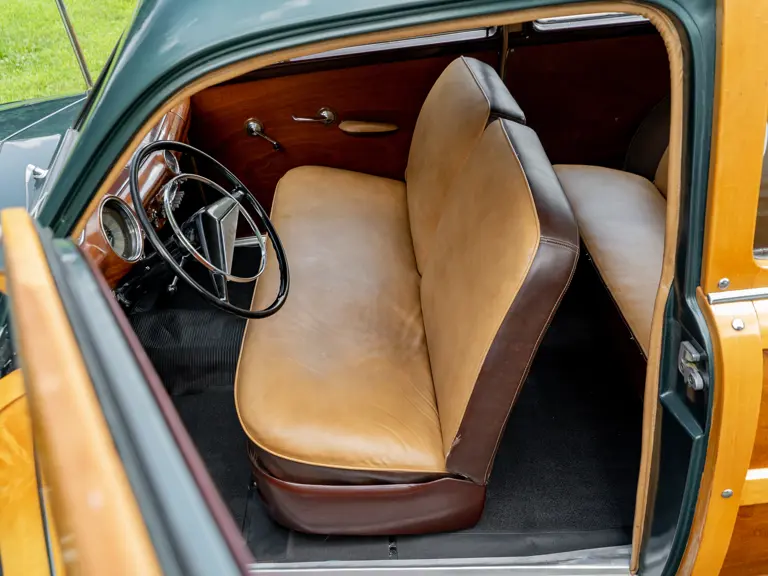
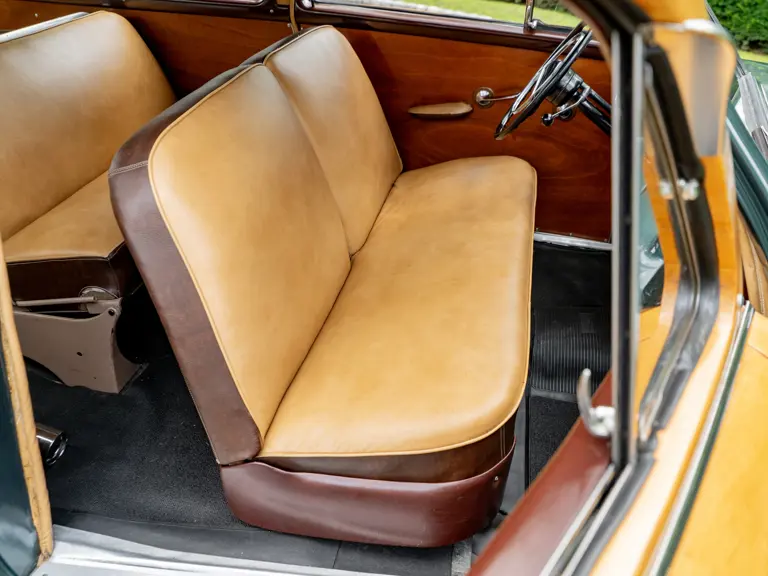
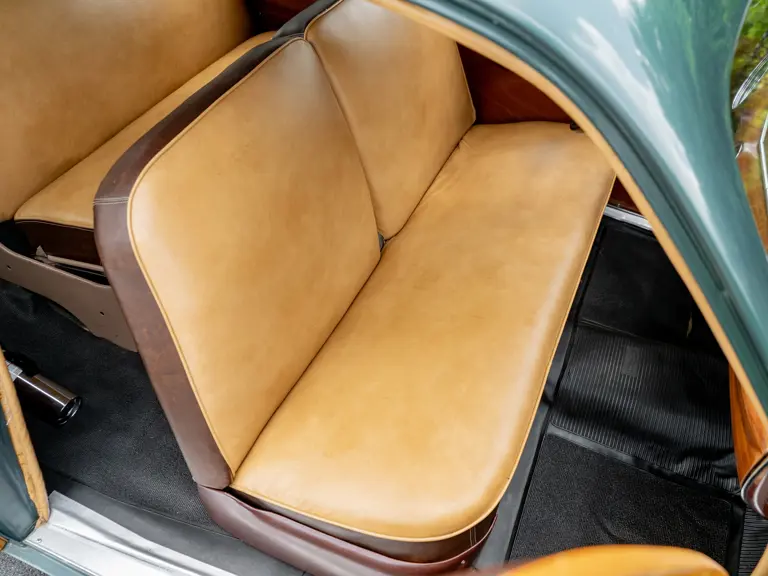
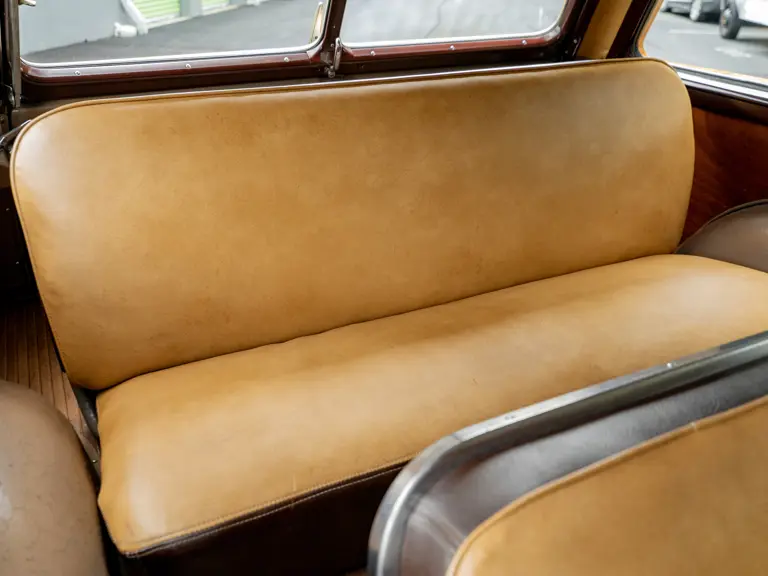

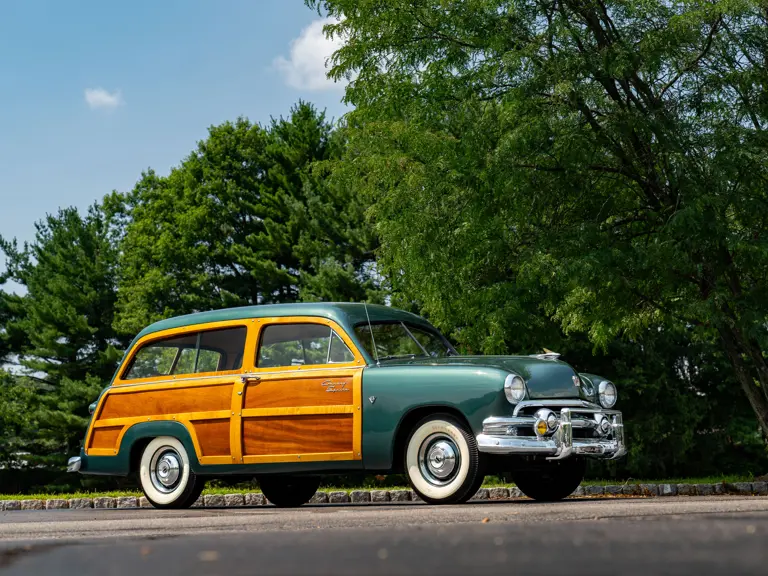

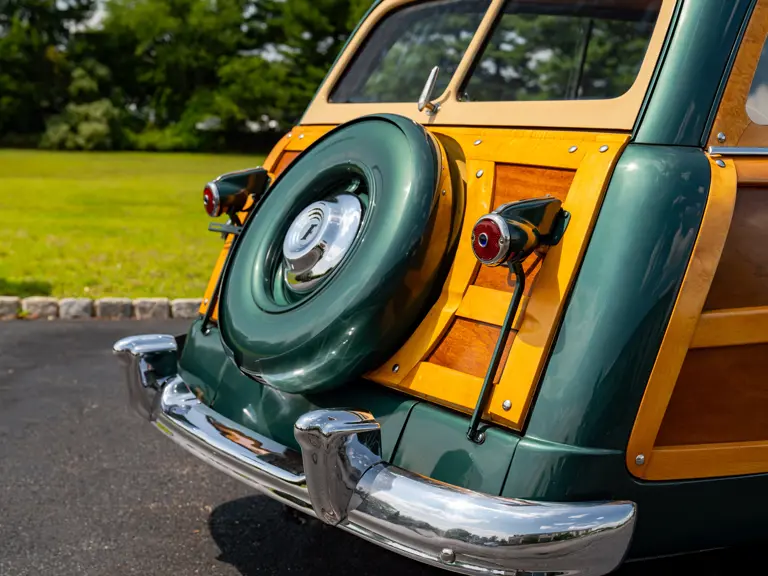
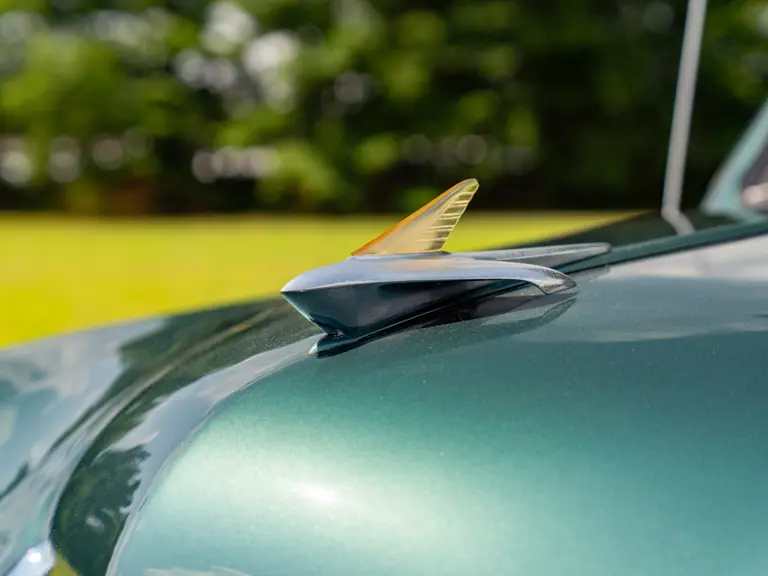


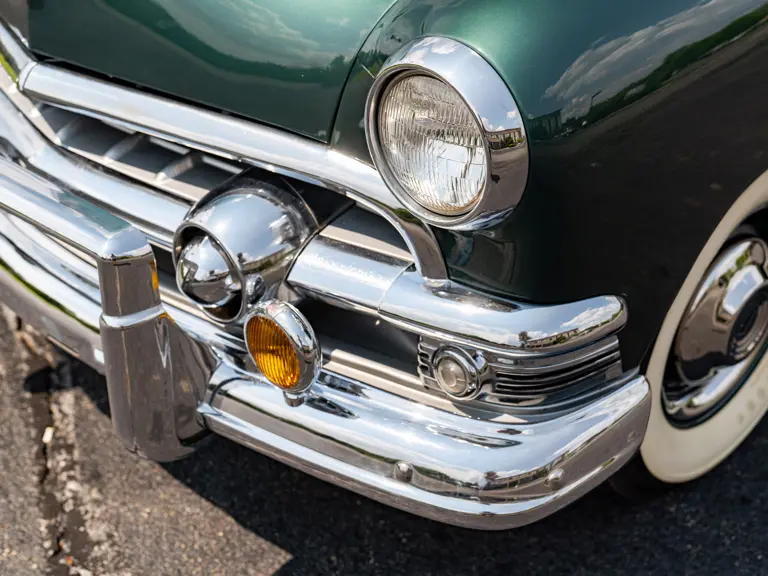


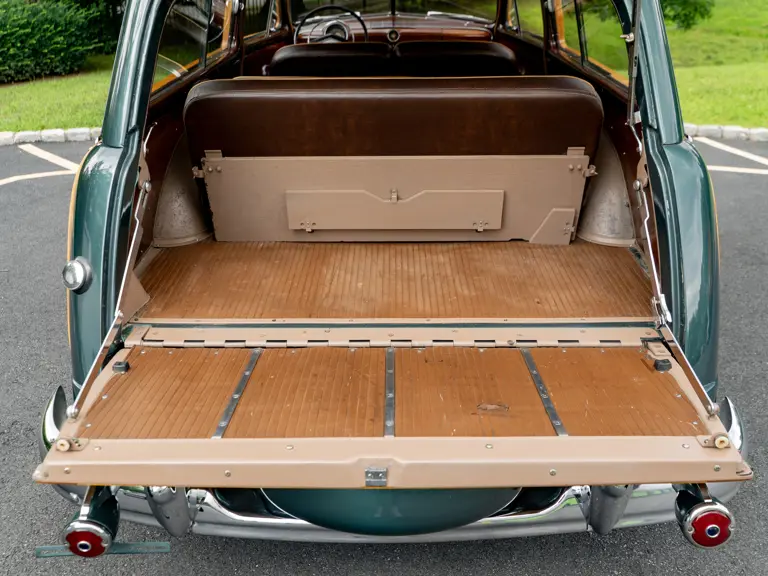
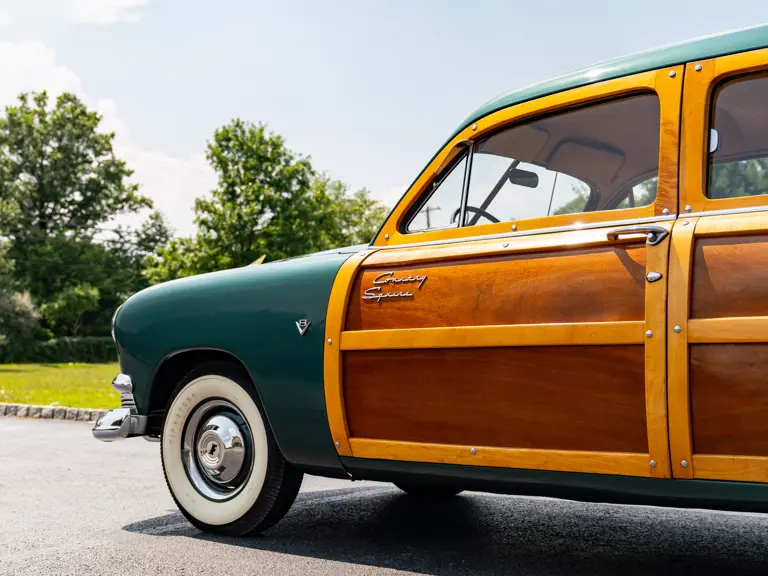
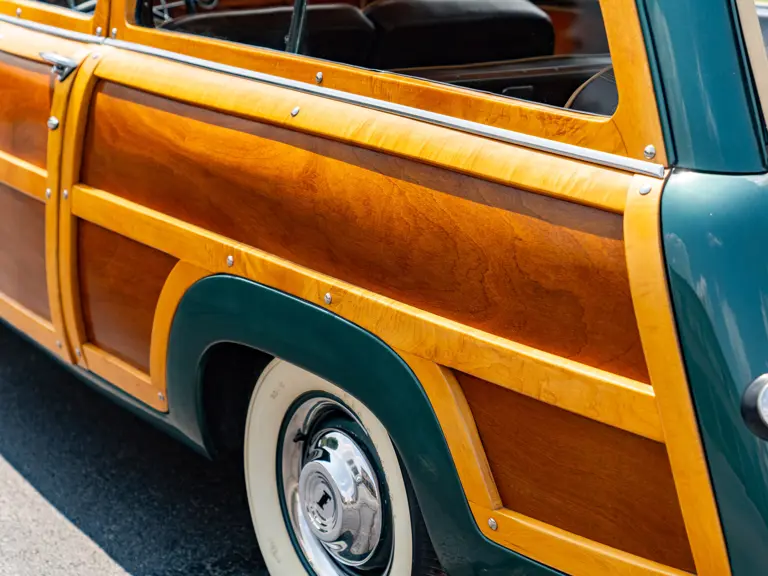
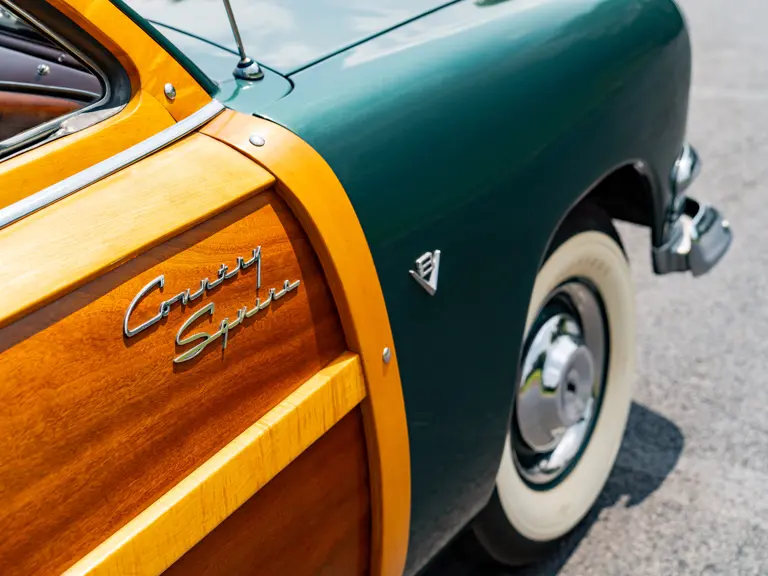

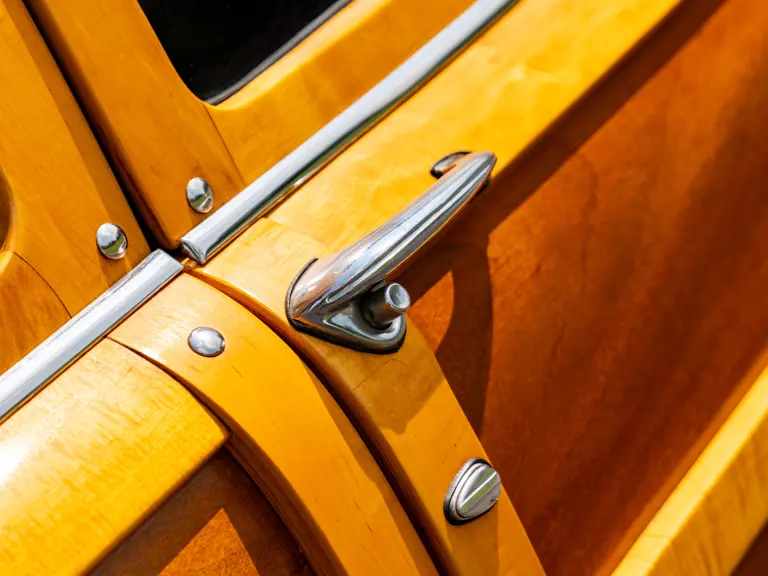
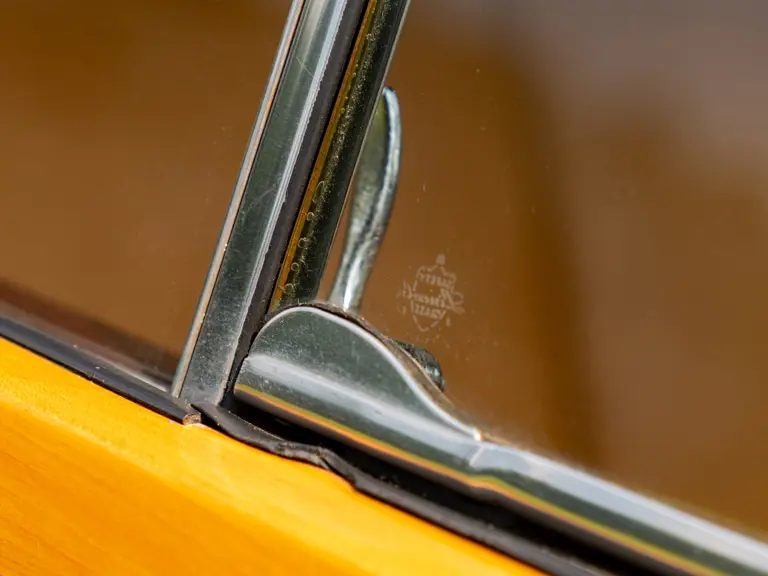



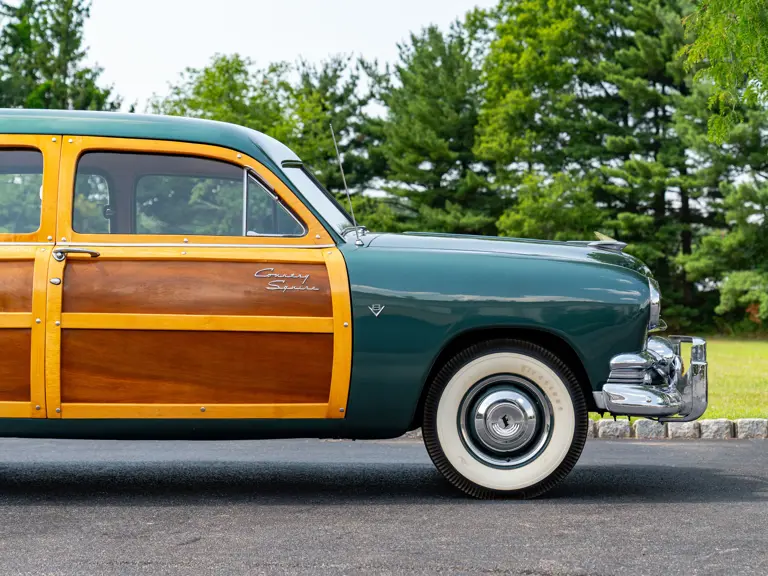
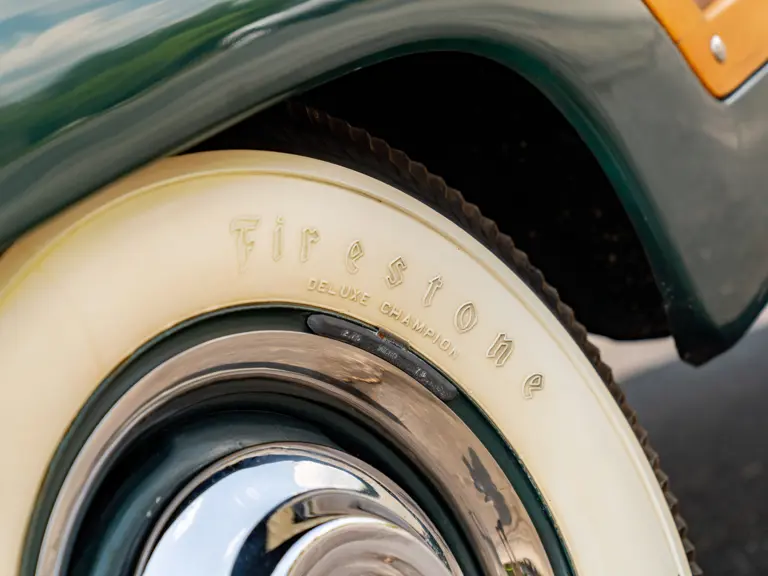
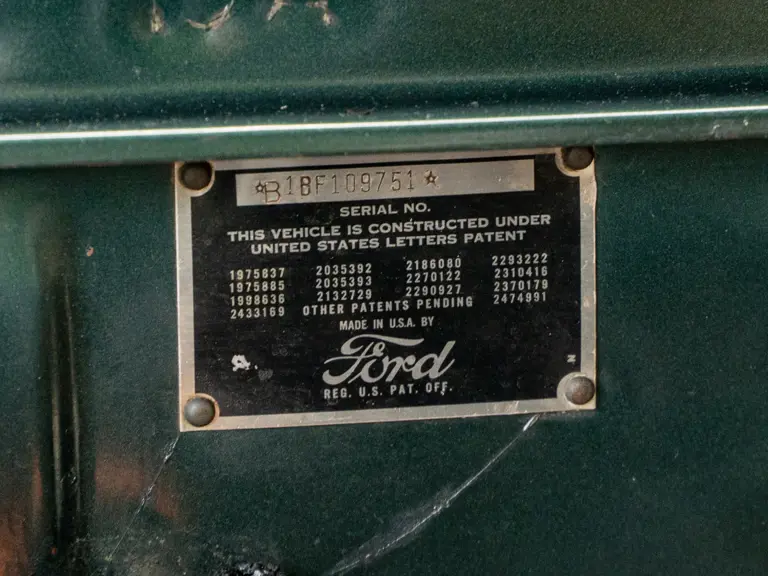
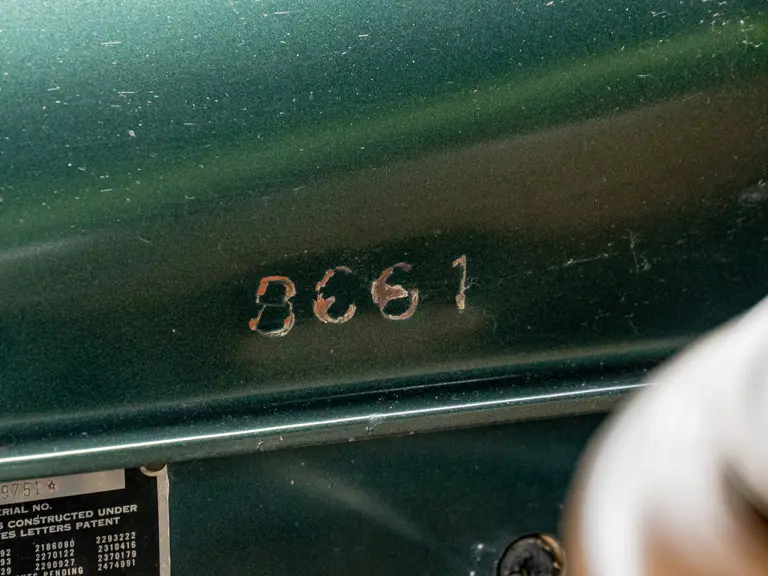

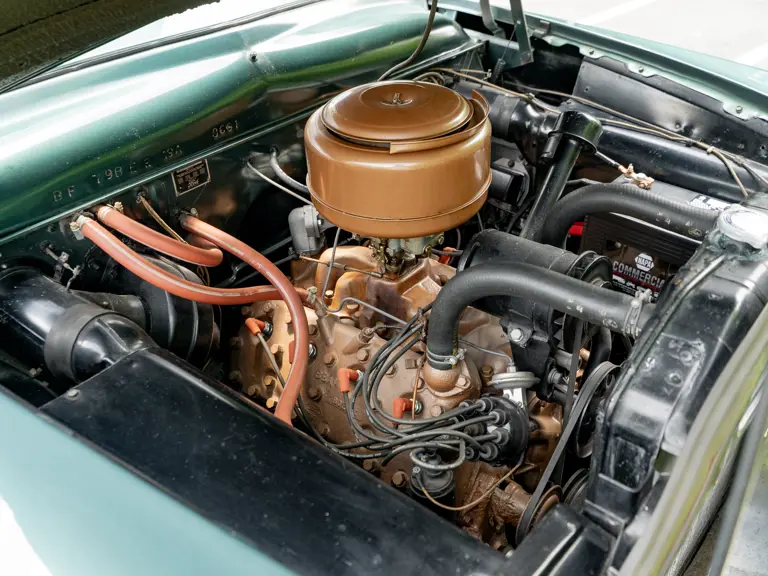


 | Hershey, Pennsylvania
| Hershey, Pennsylvania
